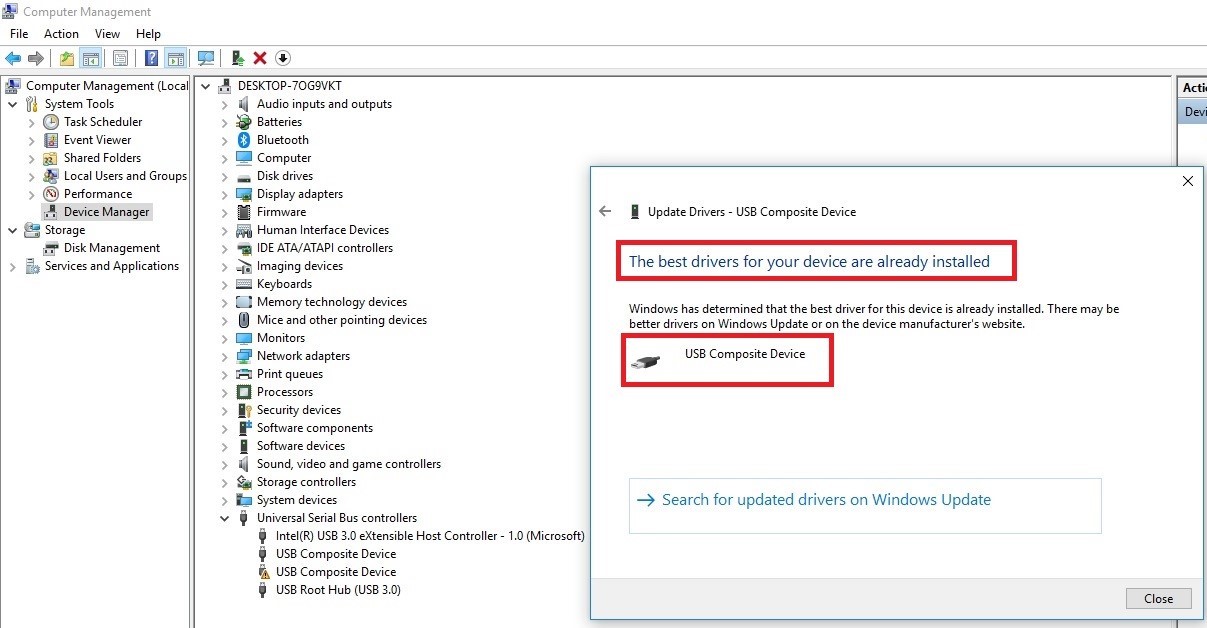
The “$” is just the command prompt and will vary depending on system configuration.

If you are already root, you can just run lsusb without the sudo. The “sudo” command is used to run the command as root (Adminstrative User) and is needed on systems where you don’t normally log in as root. UltraX Optical Mouseīus 001 Device 001: ID 1d6b:0001 Linux Foundation 1.1 root hub

USB to PS2 Adaptor v1.09īus 001 Device 003: ID 046d:c03f Logitech, Inc. HighSpeed Hubīus 002 Device 001: ID 1d6b:0002 Linux Foundation 2.0 root hubīus 001 Device 028: ID 0518:0001 EzKEY Corp. Run as root because on some systems, this doesn’t show all the information otherwise.īus 002 Device 049: ID eb1a:1760 eMPIA Technology, Inc.īus 002 Device 007: ID 04e8:323a Samsung Electronics Co., Ltd ML-1710 Printerīus 002 Device 005: ID 055f:0006 Mustek Systems, Inc.
#USB VID LOOKUP UPDATE#
If your device description says "Unknown device", you can update your local usb-id definition by running update-usbids as root. # lsusbīus 004 Device 006: ID 0a5c:2110 Broadcom Corp. Lsusb (package: usbutils) is the standard tool to query the connected USB devices.
#USB VID LOOKUP INSTALL#
Gnome users can install and use the hardinfo method. Many people simply use lsusb, which is available on almost every Debian system, to list the devices on their computer. Most of the devices ( device-ids) handled by Debian are listed in the page : DeviceDatabase/USB. The 4 last hexadecimal digits are the Device ID (3108 = ThinkPad 800dpi Optical Travel Mouse).

Make sure the device is powered-up and enabled before listing the devices.ĭevice are mainly identified using a pair of hexadecimal numbers, like 04b3:3108.
#USB VID LOOKUP HOW TO#
How to list and identify the USB devices that are connected to you computer.


 0 kommentar(er)
0 kommentar(er)
